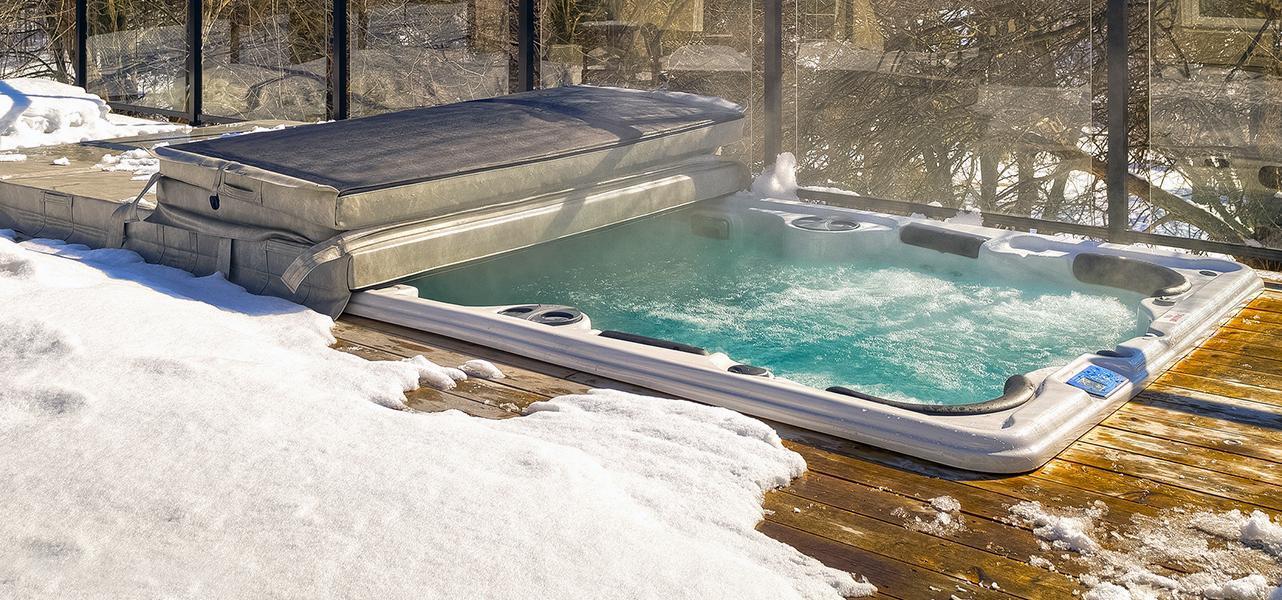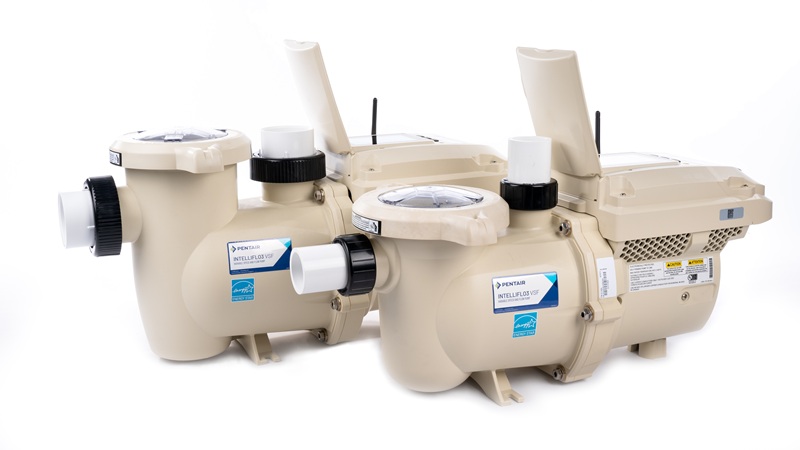Crystal clear profits: Best practices for weekly chemical invoicing

Pool and spa service company owners probably know the ever-sinking feeling of absorbing the rising cost of chemicals and supplies every month. They have thought about charging for them separately, but ignore that in favour of keeping prices steady and their service dependable. Plus, it seems like charging for chemicals and supplies is more trouble than it is worth. However, the stark reality is that the all-inclusive approach quietly crushes margins. Chemical prices continue to climb, shaving profits. So, the strategy of bundling these costs into one flat monthly fee risks losing money—especially when prices spike.

Industry data: What the numbers reveal
According to the 2025 State of Pool Service report published by Skimmer, just 20 per cent of pool companies use a “plus chems” model where chemicals are billed separately. The majority, more than 54 per cent, charge one flat monthly fee that includes chemicals regardless of price fluctuation.1
A 2024 Service Industry News survey adds more insight.2 For one, there are clear regional differences. In some areas, companies are more likely to bundle chemicals into a flat rate, while in others businesses tend to bill separately. Commercial pools see even bigger swings. In some regions, only about 13 per cent of companies include chemicals in their flat rate, while in others the figure is closer to 60 per cent. The industry is all over the map, but it is clear that too many pool service companies are eating costs they should not be.
Despite the financial downside, most pool service companies bundle chemicals into a flat monthly rate for the simple reason that tracking and invoicing chemicals can be a logistical and administrative nightmare.

The problem: Costs eating away at profits
If given the choice, many owners would like to charge separately for chemicals and extra supplies. It just makes sense since they would not be paying out-of-pocket for the increasing cost of chemicals.
Historically, the challenge has been that technicians would have to track what they use during each service call. Then, someone at the office would have to sort through all those notes and update the invoices manually. And when margins are tight, the last thing a business entrepreneur needs is extra administrative work using up valuable hours in an already busy day. The devil is in the details, and managing those can be expensive. That is why companies typically stick to the flat-rate model, even when they know it hurts profits.

Is there a better way? Automating chemical and supply invoicing
The good news is that technology has come to the rescue. Modern software takes the headache out of chemical invoicing. With the right platform, technicians simply enter what they used into an app during their normal service visit. For example, a technician might use liquid chlorine, a quart of acid, and add a new skimmer basket. The technician follows their everyday workflow, enters the chemical usage amounts into an app on their phone, and then the software system takes care of calculating the billable charges and adding them to the customer’s monthly invoice—all automatically.
There is no extra paperwork, no complicated billing questions, and no more missed charges. Everything flows naturally into the next billing cycle, itemized for the customer and accounted for by the business.
Consider this familiar analogy. Think about how one pays for new brakes on their truck. Labour is billed by the hour and each part is billed individually. The person does not expect the mechanic to give them a flat fee for everything, no matter what parts or fluids were used. Pool service should work the same way. Yet every week, service companies lose money because chemical costs go untracked. The real problem is not customer pushback; it is the lack of a dependable, automated way to capture the data and invoice accurately for it in a timely fashion.

Customer perception: Transparency builds trust
Most business owners overlook the simple fact that customers typically do not mind paying for chemicals separately as long as they know exactly what they are paying for. A clear invoice builds trust. When customers see itemized charges, they know they are not being overcharged. Invoice transparency improves customer satisfaction because there are no surprises.
Technology makes the invoicing process hands-free by automatically tracking service data, aggregating charges, and invoicing so that customer billing is seamless and straightforward. Companies keep their margins healthy, and customers stay informed.
Protecting margins in a changing economy
The bottom line is that chemical prices fluctuate, fuel costs go up, and labour shortages drive wages higher. In today’s dynamic environment where costs keep climbing, staying profitable requires tracking every expense accurately.
Software automation helps provide consistent margins, streamlines operations, and contributes to stronger decision-making because it is clear where money comes in.
The takeaway here is that the pool service industry has relied on simple flat-rate billing at the cost of profitability. With today’s technology, there is no reason to leave money on the table. The process is easy: technicians log usage in seconds, the right system invoices the details automatically, and customers know exactly what they are being charged for every step of the way. It is a win-win all around.
Notes
1 Refer.
Author
Peter Wasmer is a Naples, Fla.-based serial entrepreneur and founder of ProValet, bringing more than 25 years of experience helping small business owners streamline operations and grow with confidence.






